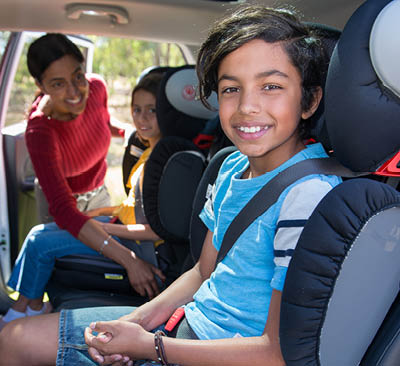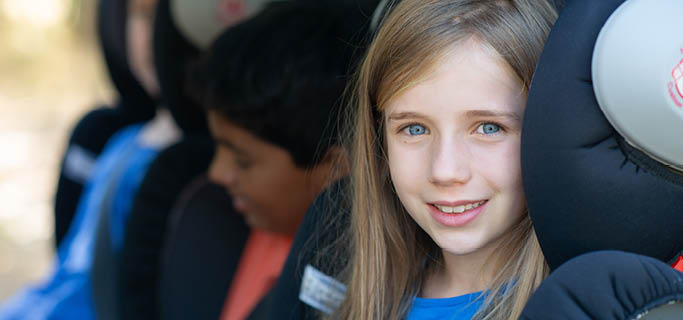Key findings
The latest National Child Health Poll from The Royal Children’s Hospital surveyed over 1,399 Australian parents of children aged between 0 months to 12 years to understand their car seat practices and awareness of safe restraint recommendations.
Key findings include:
- Despite complying with the law, many children are not travelling in the car seats recommended to keep them as safe as possible.
- It is safest practice for a child to travel in a rearward facing restraint from birth, as long as they still fit. Over half of children (55%) first ride in a forward facing car restraint before 18 months.
- One in three children (34%) move out of a booster seat for reasons that do not align with safest practice, with most first travelling with an adult seat belt alone before they are ten years old.
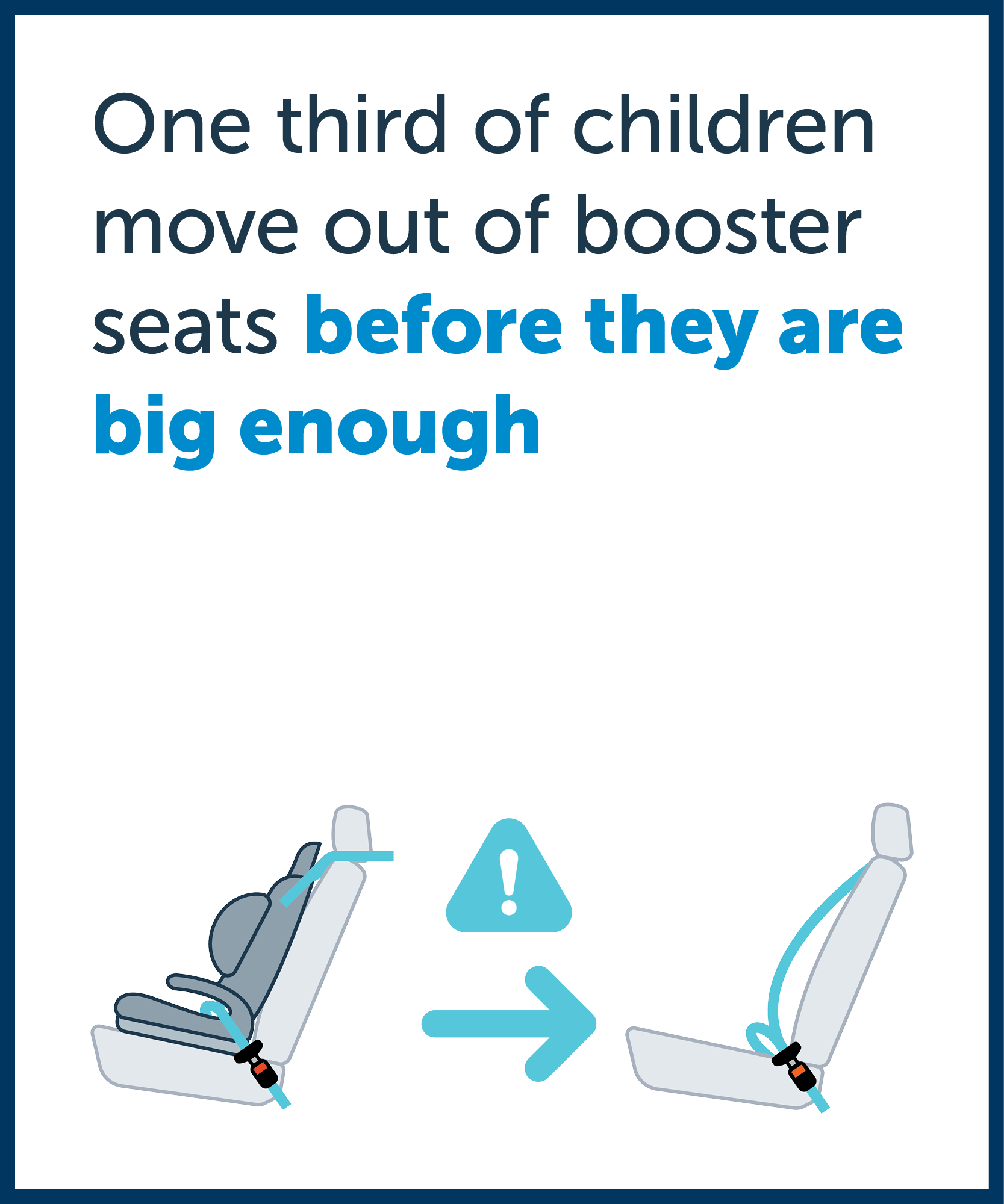
Poll report

The latest National Child Health Poll found that despite complying with the law, many children are not travelling in the car seats that have been recommended to keep them as safe as possible.
One in three children move out of a booster seat to an adult seat belt alone for reasons that do not align with safest practice recommendations. Over half of children (55%) are typically first turned to ride in a forward facing car restraint by 18 months. Safest practice is for children to remain rearward facing as long until they outgrow it. There are restraints on the market to allow children to travel rearward facing until two to three years of age. The report examines the choices parents make about how their children are restrained when travelling in the family car and how these compare to safest practice recommendations and the current laws.
Download the report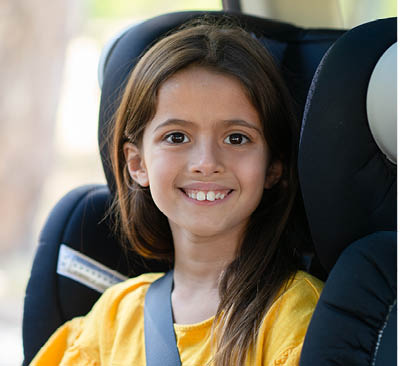
Poll questions

The poll surveyed 1,399 parents in November 2024, who provided data on 2,146 children aged between 0 months to 12 years.
Download the poll questions
In the news
Channel 7 News Melbourne: Alarm sounded over car seats
Channel 9 News Melbourne: Doctors warn booster seats putting children at risk
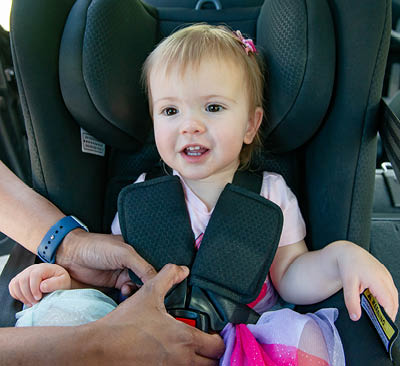
Information for parents
The Royal Children’s Hospital Kids Health Info fact sheet on car seat safety has been developed to support parents to make informed choices to support their child’s safety.
Parents should feel empowered to make the safest choices for their children when traveling in vehicles. By following the safety recommendations, they can be confident they are making a safe choice for their child.
Key points:
- Car seats and booster seats help protect your child from serious injury while travelling in a car.
- There are best-practice recommendations for car seats to ensure children are kept as safe as possible. These recommendations are not always the same as the law.
- It is important to find out the safest category of car or booster seat for your child.
- Babies and young children are safest in a rearward facing car seat. Your baby should stay rearward facing for as long as they fit. There are restraints available to allow children to be rearward facing until two to three years of age.
- Shoulder markers are a good way to check if your child is safe in their car or booster seat, or if they have outgrown it.
- The ‘5 step test’ is a series of questions that checks whether it is safe for your child to travel with an adult lap-sash seat belt only. Your child must pass all five steps to be considered safe without a booster seat.
- Most children will not pass the ‘5 step test’ until they are aged ten to twelve years old.
